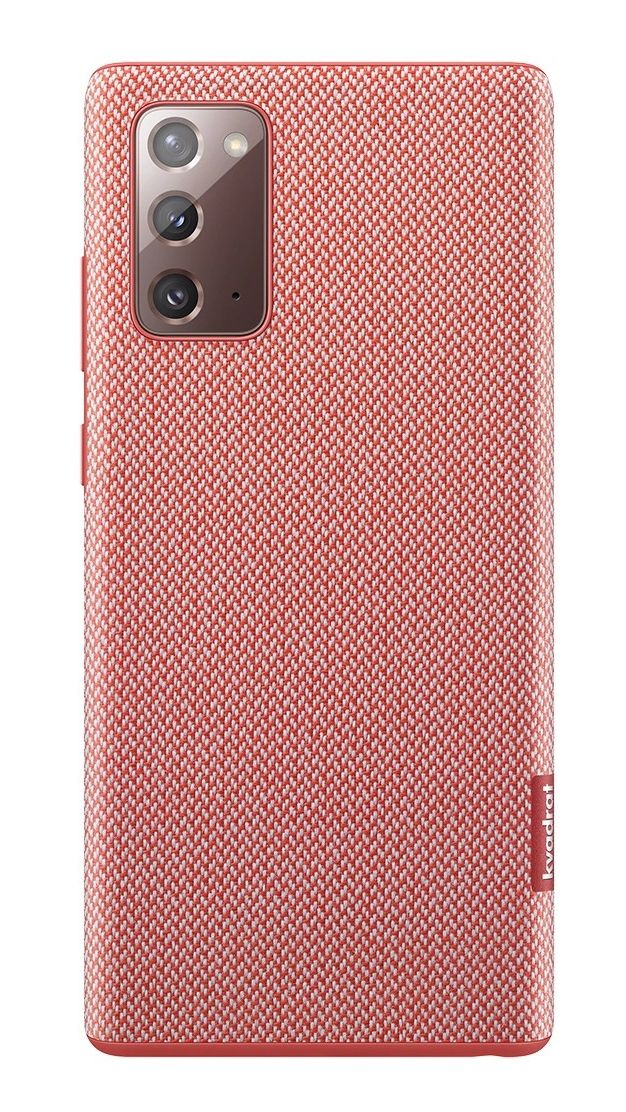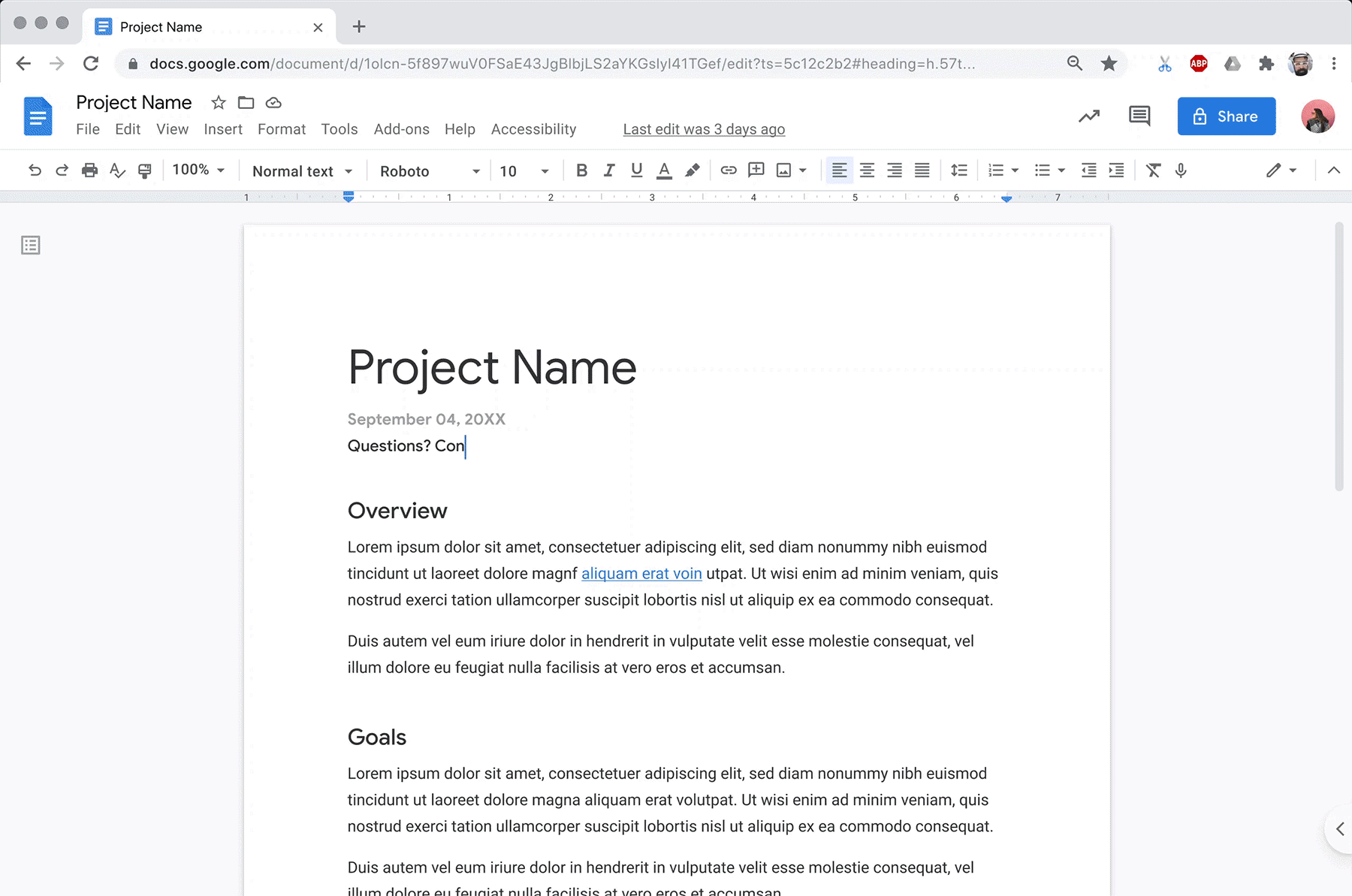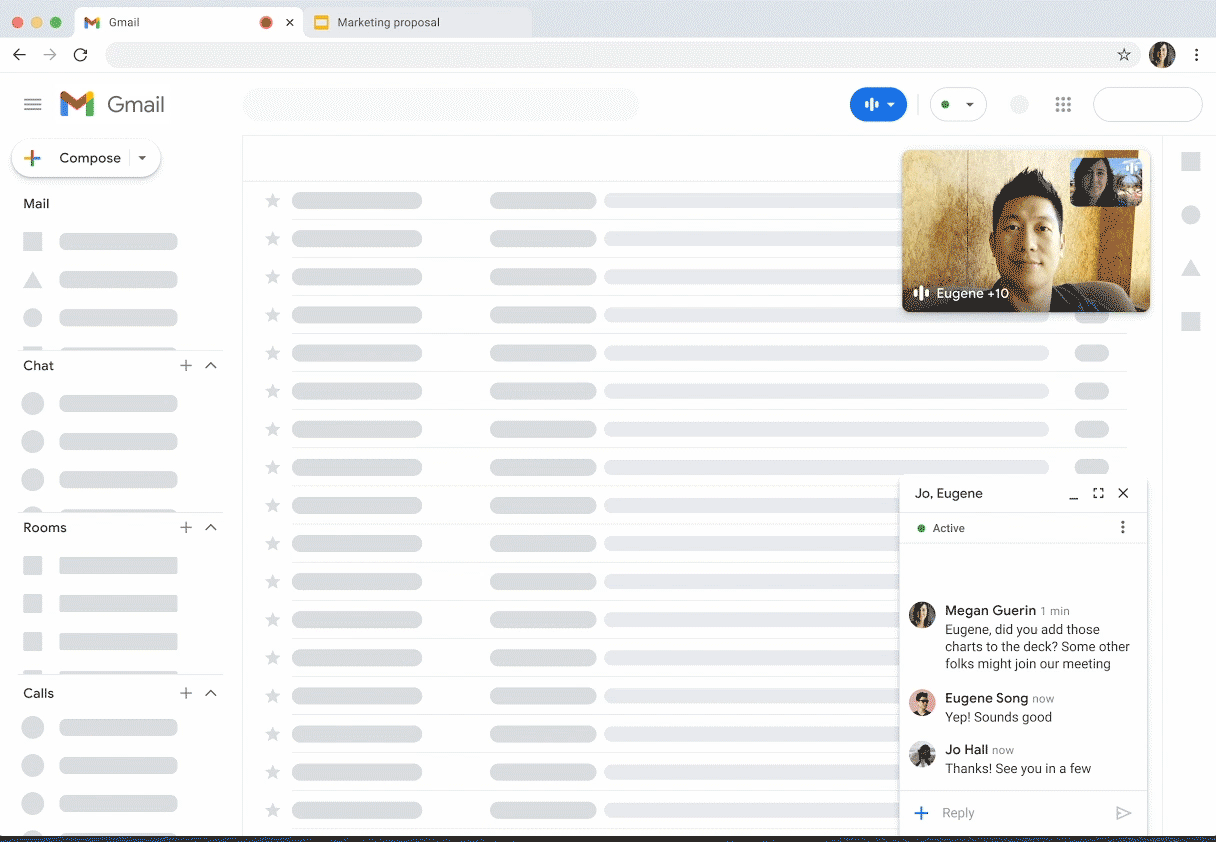Almost two years ago, a little-known Chinese company named Royole grabbed tech headlines by launching the “world’s first foldable phone,” beating Samsung and Huawei to the market by months. The resulting product wasn’t very good, but for an upstart display panel maker making its first foray into the world of smartphones, the Royole FlexPai was at least interesting and noteworthy.
The company’s back with a sequel, the aptly named FlexPai 2, and I’ve been testing it for the past couple of days. Since the first FlexPai was launched, we’ve seen plenty of foldable devices launched so can Royole really compete with major competition like the Galaxy Z Fold 2, Huawei Mate XS, and more? Let’s find out!
Royole FlexPai 2: Specifications
| Specification | Royole FlexPai 2 |
|---|---|
| Dimensions & Weight |
|
| Display |
|
| SoC |
|
| RAM & Storage |
|
| Battery |
|
| Fingerprint sensor | Side-mounted Fingerprint Sensor |
| Rear Camera |
|
| Front Camera | None |
| Other Features |
|
| Android Version | Water OS 2 based on Android 10 |
Note: I received the Royole FlexPai 2 from Royole on October 4 and used it briefly for this hands-on ahead of our full review. Royole did not have any input into this article.
Design and hardware

Much has been said about how much the Galaxy Z Fold 2 improved over the first Fold. Well, I think FlexPai 2’s improvement over the first version could be even larger. Now, that’s not to say the Royole FlexPai 2’s hardware is better than the Fold 2’s – spoiler alert: it’s not – but rather the FlexPai 1 was quite a bit worse than the original Fold 1, so Royole had more room to improve.
Samsung Galaxy Z Fold 2 review: Likely our phone of the year!
I mean, just look at the photos below. The original FlexPai left a half-inch gap when folded, while the FlexPai 2’s hinge folds completely flat — noticeably more so than the Fold 2’s too. The FlexPai 1’s hinge was also covered in this weird kevlar fabric and held together by screws. The FlexPai 2’s hinge appears seamless — although I must say, it looks very similar to the Huawei Mate X’s hinge.




The hinge feels very sturdy, requiring a bit of force to unfold. It can stay open at various angles just like the Fold 2, too. When opened, the device is thin at 6.8mm, but not quite Microsoft Duo thin. When folded, the FlexPai 2’s thickness increases to 12.8mm.

The matte glass body with aluminum chassis gives it a sturdy construction, but at 339g and with measuring 89.4mm across horizontally in folded form, the FlexPai 2 is a bit wide and awkward to hold with one hand.




The FlexPai 2 has the same fundamental design as Huawei’s foldable: its large bendy screen folds backward/outwards so that when it’s closed in phone form the screen wraps around both front and back. This means the flexible plastic OLED screen is always exposed, which leaves me paranoid when handling the phone out-and-about in the real world.
I am of the belief that the supposed fragility of folding phones has been overblown
The Royole FlexPai 2’s screen when fully opened is a 7.8-inch, 4:3 screen with a resolution of 1920 x 1440. It’s a solid-looking panel with enough brightness for outdoor use, but just like the displays of the FlexPai 1 or the first Fold, the screen feels very plasticky. The Galaxy Z Fold 2 and Z Flip have a display that Samsung markets as “ultra-thin glass,” and while the degree to which it really is glass has been up for debate, it does feel undeniably harder and less mushy than the screen of the FlexPai 2.
When the Royole FlexPai 2 is folded, the front side shows a 5.5-inch, 16:10 display, while the backside is a 5.4-inch, 16:9 panel. The difference in screen dimensions is due to the backside also accommodating a quad-camera module.

The four cameras consist of a 64MP, f/1.9, 1/1.72″ main camera; a 16MP ultra-wide-angle camera; 8MP telephoto; and a 32MP portrait lens designed for selfies. As there is a screen on both sides of the device, the main camera system doubles as the selfie camera system too.
Under the hood is a Snapdragon 865, with either 8GB or 12GB of RAM, paired with 256GB or 512GB storage. There’s a 4450 mAh battery that, from my limited testing so far, seems just enough to get through a typical 12-hour day.
Software: No Core GMS … I think

The FlexPai 2, unsurprisingly for a phone only sold in China right now, does not ship with Google apps. But unlike most other brands like Xiaomi or Vivo, in which Google apps can be side-loaded easily, it’s been trickier on the FlexPai 2. Within Royole’s native app store is a popular “Google Services Installer” that I’ve used successfully used on a dozen Chinese phones in the past. The app can successfully install Google Services Frameworks and Google Play store, but the latter will not load.
I initially chalked this up to Royole not having signed the Mobile Application Distribution Agreement (MADA), which basically means Royole did not pay Google a fee. This prevents Royole from installing a “stub” version of core Google apps for easy side-loading the way even China-only version of Xiaomi or Oppo phones can.

I thought the Royole FlexPai 2 simply won’t run any core Google apps the way post-entity list Huawei phones cannot. But to my surprise, YouTube loaded without issues. This should not be possible on a phone without support for Google’s frameworks (like post-entity list Huawei phones). Google Maps run fine too. But Google Docs, like the Play Store, won’t load. I’ll experiment further and see if I can indeed load core Google services. Other apps most of the world use, like Twitter, Instagram, and Facebook, all work fine, because they are not GMS-reliant.
The Royole FlexPai 2 runs a version of Android 10 named “Water OS.” Now in version 2, it’s behaved relatively smoothly thus far, most notably when transitioning from folded smartphone mode to unfolded tablet mode. I haven’t encountered many hiccups when doing trickier things like folding and unfolding the phone or rotating orientation.
As the screen is quite tall when unfolded and in landscape orientation, the extra vertical space makes it a good typing machine — there’s still plenty of room left even factoring in the on-screen keyboard.

Royole FlexPai 2 has two methods to handle multi-tasking. The first, which can only be used in the unfolded tablet form, is similar to the Galaxy Fold (both 1 & 2), meaning you can run up to three apps at once in a split-screen view.

The second way is in the way the FlexPai 2 handles the front and back screen when folded in phone mode. Essentially, each screen behaves like its own homescreen, and each screen can run its own app. For example, I can have Instagram running on the front screen, and WhatsApp running on the back screen. I can flip the device back and forth to quickly jump between those two apps.
Cameras

The camera system on the Royole FlexPai 2, at least from early testing, is solid but unremarkable. It’s worth noting that I’m testing a pre-production unit of the FlexPai 2 running non-final software, so the camera performance here may improve when retail units hit the streets.
The main lens actually produces detailed shots with punchy colors, but focusing is slow. The ultra-wide-angle camera is suffering from major color science issues right now as it has an overly warm shift that is jarring when viewed next to a 1X shot, and the telephoto camera is fine at 2X or 3X zoom but suffers beyond that. That final fourth camera is meant for selfies, and it’s okay, with decent bokeh effect and face detection. See the samples for yourself.






Other than the clearly broken color science of the ultra-wide lens, there are no major flaws with the camera. And for those wondering — the watermark can be turned off in settings.
Unfortunately for Royole, the Galaxy Z Fold 2 raised the bar too high
Other than the fact it can’t properly run Google services, I had no real gripes with the FlexPai 2 in a vacuum. I admire the efforts Royole has put in to improve hardware by this much in just a generation. The first FlexPai feels like a toy or prototype next to FlexPai 2. I genuinely enjoyed constantly jumping between two apps just flipping over the phone to the other side, and the way the hinge folds completely flat is very satisfying.
Unfortunately for Royole, Samsung raised the bar too high with the Galaxy Z Fold 2
The second problem is the Galaxy Z Fold 2 has set the bar too high. As I covered in my review, I love the thing and consider it a virtual lock for my phone of the year. Whether it’s camera performance, display refresh rate and texture, or in-hand feel the Galaxy Z Fold 2 tops the FlexPai 2.
The Royole FlexPai 2 is, however, $500 cheaper (it retails for 9,998 Chinese yuan, which is around $1,480), so this chunk of savings could even the playing field a bit for consumers. But ultimately, I think this phone is for collectors, enthusiasts, or someone who just likes supporting upstart smaller brands.
The post The Royole FlexPai 2 is a huge improvement but is it enough? (Hands on) appeared first on xda-developers.
from xda-developers https://ift.tt/2SDkeRL
via IFTTT





 The OnePlus 8 packs specs almost as powerful as the Note 20 Ultra’s — it’s got a Snapdragon 865, 90Hz OLED screen, a solid 48MP main camera — but it lacks mmWave (aka high-band) support. This isn’t a huge deal right now, as high-band coverage areas are very limited in the US currently, but this could be an issue down the line. Still, if you’re okay with mid- and low-band connections only, this is a good value offering with one of the best versions of Android around.
The OnePlus 8 packs specs almost as powerful as the Note 20 Ultra’s — it’s got a Snapdragon 865, 90Hz OLED screen, a solid 48MP main camera — but it lacks mmWave (aka high-band) support. This isn’t a huge deal right now, as high-band coverage areas are very limited in the US currently, but this could be an issue down the line. Still, if you’re okay with mid- and low-band connections only, this is a good value offering with one of the best versions of Android around.

























